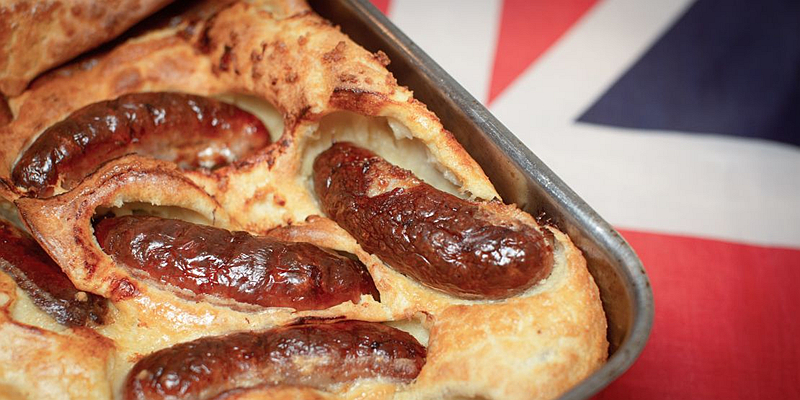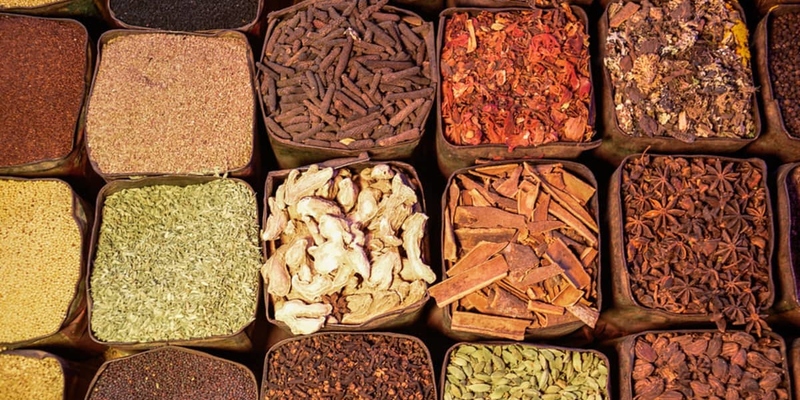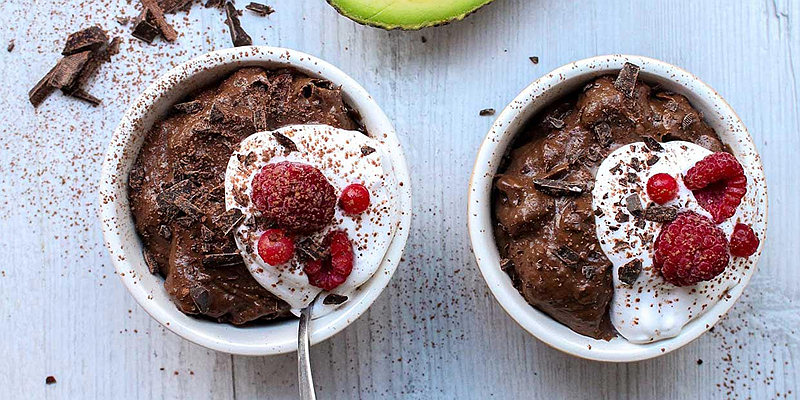5 Essential Ingredients for Mastering Italian Pasta Dishes
A bowl of piping hot pasta drizzled with olive oil, topped with a luxuriously rich tomato sauce, and sprinkled with Parmesan is a plate of perfection in our eyes. As we twirl forkfuls of noodles and relish the medley of herbaceous, tangy, and nutty flavours, one can't help but wonderwhat makes Italian pasta dishes so incredibly crave-worthy?
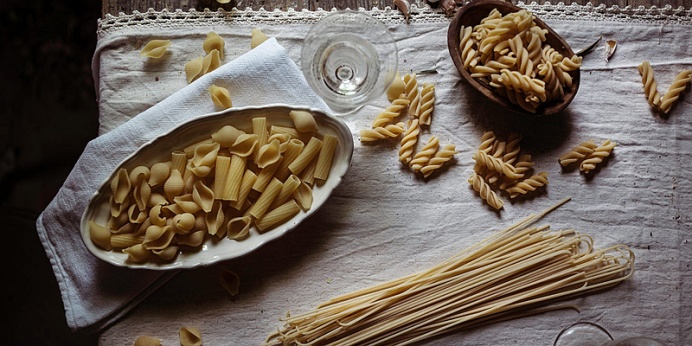
Crafting the ideal bowl involves artistrybalanced ingredients, textures, and flavours that nourish both body and soul. The good news is that even novice chefs can master the foundations with just five essential ingredients.
Read on as we uncover the secrets to elevating your pasta-making at home. Your tastebuds can thank us later!
1. Quality Pasta for the Canvas
One can only paint a masterpiece by first laying the groundwork, right? The same principle applies when crafting Italian pasta dishes. It all begins with using high-quality durum wheat semolina pasta as the foundation.
Why semolina? This coarsely ground endosperm wheat lends itself perfectly to pasta makingcreating al dente noodles with just the proper density to grab sauce in each bite.
You can choose between dried or fresh pasta varieties. Dried plates of pasta prove more convenient for pantry storage. Look for artisanal pasta made from just durum wheat semolina and waterno eggs or additional oils or flavours.
Simple allows the sauce ingredients to shine. Meanwhile, fresh pasta offers sublime texture and absorbs flavours beautifully, but it requires use soon after purchase. Try indulging in ricotta ravioli or fettuccine when craving next-level noodles.
2. Olive Oil Sets the Stage
If pasta serves as the structural canvas of our Italian cuisine masterpieces, olive oil provides the vehicle for blending layers of flavour. Extra virgin olive oil delivers fruitiness and bitterness that balance and lift the herbs, cheeses, and tomatoes used in sauces.
The peppery, grassy notes dance brightly on the tongue. Reach for the EVOO for dressings and final drizzles over a finished pasta dish.
When sauting ingredients like garlic, onion, or shrimp, save that expensive bottle for finishing work. Instead, grab a more affordable light olive oil, which handles higher heat better.
As you experiment with olive oil brands, think of it like winefind varieties with flavour profiles that suit your preferences. You can glide effortlessly into sauce making with the proper quality EVOO or light oil as your starting point.
3. Parmesan Cheese to Complement
What sets Italian pasta cuisine apart from many other comfort foods? The starring role that ultra-savoury, subtly sweet Parmesan cheese plays in balancing flavour profiles.
Grana Padano or Parmigiano-Reggiano offer complexity, lending each bite a nutty, salty accent. Grate fresh Parmesan over hot pasta to encourage the cheese to soften into stringy goodness across the noodles. Or try baking your own Parmesan crisps for the ultimate textural accent.
The aged cheese proves more versatile than you might assume. Beyond tossed through pasta, Parmesan amazingly finishes off meatballs, infuses life into risotto, and makes vegetables sing.
Due to its bold personality, a little bit goes a long way. Use a delicate hand when seasoning dishes to allow other ingredients their moment in the spotlight.
4. Fresh Herbs and Spices for Depth
It's time to lift flavours to new heights once you tend to the pasta, olive oil, and cheese structure. Fresh herbs permeate Italian pasta cuisine with brightness. Consider them the cherished paints for your masterpiece. Discover how basil brings sweetness, oregano earthiness, parsley, rosemary piney, and woodsy notes.
Incorporate herbs at multiple stagessauting with aromatics, blending into sauce, and sprinkling as an elegant garnish. Similarly, spices like red pepper flakes, garlic, and Italian seasoning help to round out flavours. But exercise restraint to not overwhelm the fresh tomato and noodle base you worked diligently to craft.
5. Saucing with Care Completes the Plate
We come to the final brushstrokeswhere patience and TLC pay off in sauces boasting lush consistency and balanced flavour.
Start with top-quality ingredients, like canned San Marzano tomatoes, prized for sweetness. Then, cook slowly through gradual reduction to develop richness and marry spices into the tomatoes. Or quickly saut garlic and olive oil before adding noodles and a splash of pasta water to finish, depending on your desired effect.
Resist overcomplicating flavours with superfluous mix-ins. Allow fresh herbs, cheeses, olive oils, and adequately salted pasta water to shine. Nourish noodles with just enough sauce to cling directly rather than drowning or drying them out. Ultimately, follow your intuition and preferences when constructing each dish.
With these foundations, unleash your inner Italian chef!
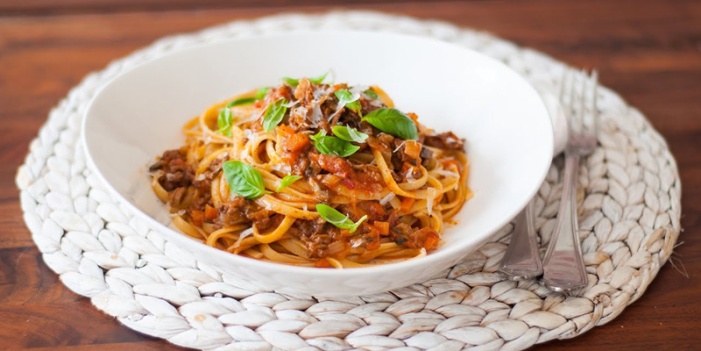
Conclusion: Pasta Perfection Starts in Your Kitchen
Armed with our quintessential ingredients such as quality pasta, olive oil, Parmesan, fresh herbs and spices, and simple from-scratch saucesthe only thing left is to roll up your sleeves and start sauteing. What will your ideal pasta dish look like? The creative freedom lies in your hands.
Experiment with traditional recipes or concoct your imaginative iterations. Try swapping basil for cilantro or adding pancetta to amp up a sauce. Once comfortable with techniques, let your inner Italian chef run wild! Use seasonal vegetables or proteins to guide inspiration and remain focused on balance.
Soon, you'll create plates punctuated with pops of colour, fragrant with herbs, and boasting slippery noodles cloaked in irresistible homemade sauce. As you raise your fork for that first sublime bite, take a moment to appreciate the fruits of your kitchen labour and the layered flavours built thoughtfully from just five essential ingredients.
Buon appetito from our kitchen to yours! Do you have any pro pasta tips or favourite sauce combinations to share with the community? We'd love to hear from you!
